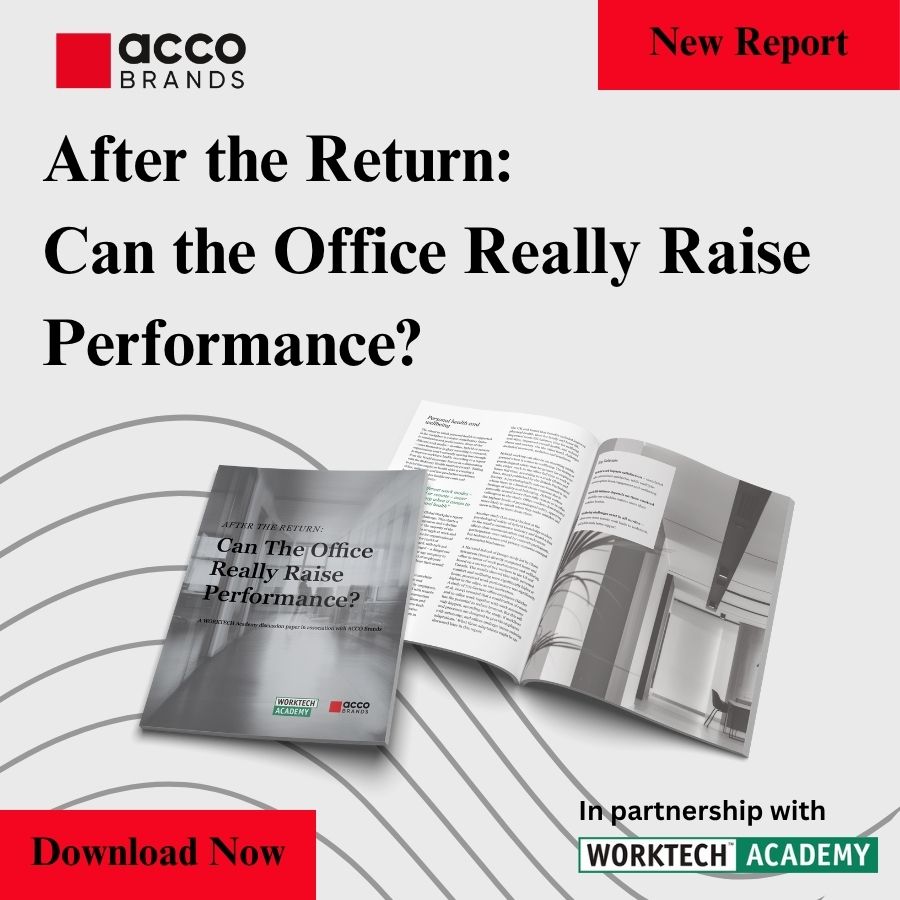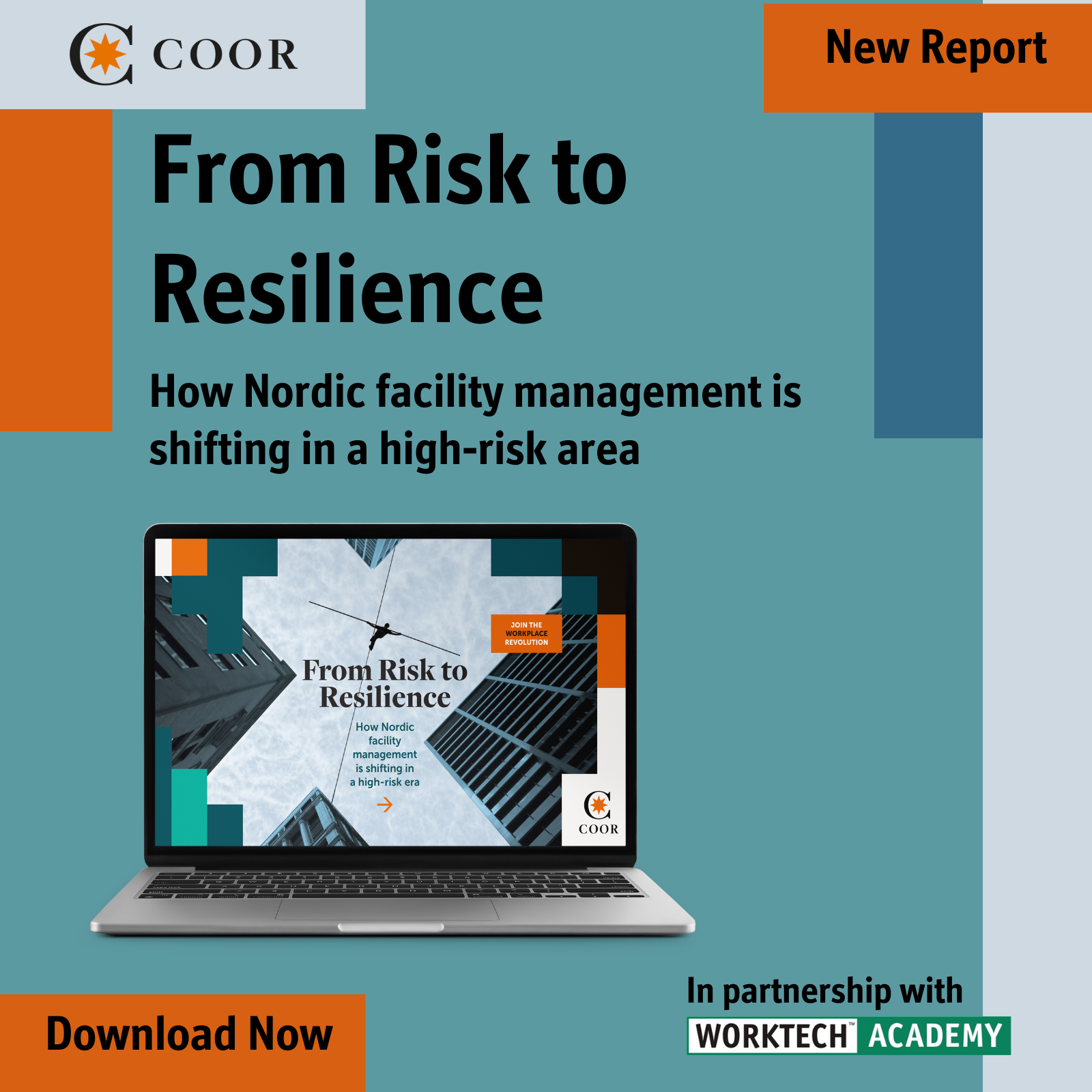From mandates to magnets: redefining the workplace experience
As hybrid norms clash with return-to-office demands, workplace experience is emerging as a powerful alternative to policy-driven mandates
Work as we once knew it is no longer. Today, employees have new expectations for the relationships with their employers and overall workplace experience. Things that were uncommon in the past such as remote and third-place work options are now things employees expect as standard practice. The digital workplace experience is now as important to employees as the real-world workplace experience.
The fundamental idea of what can be accomplished outside of the traditional office has shifted. Focusing on workplace experience will be central to adapting to new expectations and ensuring organisations can attract, engage and retain top talent.
The physical workplace is affecting organisations in different ways. For many, hybrid work has become the new norm, and flexible hours continue to redefine the workday. On the opposite end of the spectrum, where and when to work is being dictated to employees through return to office (RTO) mandates and hybrid work arrangements.
There is a growing tension between employers and employees that didn’t exist before and the power struggle over who decides where and when work is performed is coming to a head. Many remote workers simply won’t return and research has found that up to 40% of remote workers would quit before complying with an RTO mandate.
Workplace experience as an alternative to mandates
Instead of demanding employees follow suit, employers may see better outcomes by providing an environment where employees want to be. The first step in understanding how to create a workplace experience that suits employees is by listening to them. Employees want to be asked what they want, and employers should avoid making assumptions.
Whether it’s workplace experience in the physical office, improving the digital workplace experience for remote employees or bridging that physical and digital experience for hybrid employees, employers will need to meet varying expectations to engage productive talent in the years to come.
Workplace experience focuses on flexibility and visibility for all employees. It will be critical to design a workplace solution for office, hybrid, or remote teams, respectively, which is led by the workplace experience team.
The workplace experience coordinators and manager must learn about the employees by speaking and interacting with them as well as working closely with human resources (HR) to understand the company culture in a meaningful way.
Simplifying experiences
The importance of simplifying experiences cannot be overstated, particularly concerning employee wellbeing. By curating experiences that break up the monotony of the workday and foster a sense of community, organisations can significantly enhance their employees’ sense of belonging and loyalty.
Surprise and delight initiatives, where unexpected gestures such as birthday celebrations or impromptu coffee breaks are orchestrated, play a crucial role in building trust and appreciation among team members. These curated experiences not only demonstrate a company’s commitment to its employees’ happiness but also build a culture of caring, which is business critical.
Pop-up events serve as high-impact tools to boost workplace satisfaction, offering unique and temporary experiences that inject excitement into employees’ routines. These experiences can also have a wellbeing focus like mindfulness or nutrition which can help bring the values of wellbeing to life among teams.
Leveraging user-friendly technology to connect employees with on-demand services further streamlines their experience, enhancing efficiency and overall wellbeing. By simplifying workplace experiences through curated events and accessible technology, organisations can cultivate a positive and supportive environment that elevates the employee experience.
Improving employee engagement
Enhancing employee engagement hinges on the creation of physical and digital workplaces that inspire and delight. It begins with designing spaces where individuals feel welcomed and motivated to be productive.
Embracing inclusive workplace experience design ensures that all employees, regardless of their work style or preferences, can thrive within the office environment.
By incorporating versatile areas such as quiet spaces for focused work, event hosting spaces for gatherings and team collaboration zones for brainstorming sessions, organisations cater to the diverse needs of their workforce. Recognising employees as invaluable assets, through meticulous attention to service design – both in physical and digital realms – ensures a seamless experience for employees and visitors alike. This service design spans from initial encounters at the office entrance to participation in events and the initiation of service requests.
By addressing every aspect of individuals’ interactions with the workplace, organisations cultivate environments that not only foster engagement but also elevate the overall employee experience, leading to increased productivity and satisfaction.
Harnessing productivity and improving performance
Employers can cultivate a culture of productivity by leveraging workplace experiences that prioritise wellbeing and foster service excellence to elevate the employee experience.
By offering services that support wellbeing such as access to mental health resources, wellness programs and ergonomic workstations, organisations can create environments that prioritise the physical and mental health of employees.
Additionally, seamless workday experiences across various locations, including headquarters, branch offices and remote work settings, play a crucial role in maximising productivity. Promoting hybrid work models and third-place work options enables employees to choose the environment that best suits their needs whether it’s in-office collaboration, remote work for focused tasks or alternative workspaces like co-working spaces or cafes.
Technology tools that seamlessly bridge the gap between physical and digital offices facilitate communication, collaboration and task management, to ensure that employees can work efficiently regardless of their location. For example, the SPS Nexus Workplace Services Platform helps make the journey from reception to conference room seamless and connects in-office employees to those working remotely with meeting technology support.
By prioritising employee wellbeing and optimising workday experiences across different settings, employers can harness productivity and drive improved performance across the organisation.
A workplace experience that is positive and enriching helps retain top talent and fosters a community of brand advocates who attract others to join. By nurturing a workplace where individuals feel valued and connected, barriers between physical and digital spaces dissolve, fostering collaboration and synergy among teams. The result is a frictionless workplace that increases engagement, decreases absenteeism and pushes productivity to new heights.








